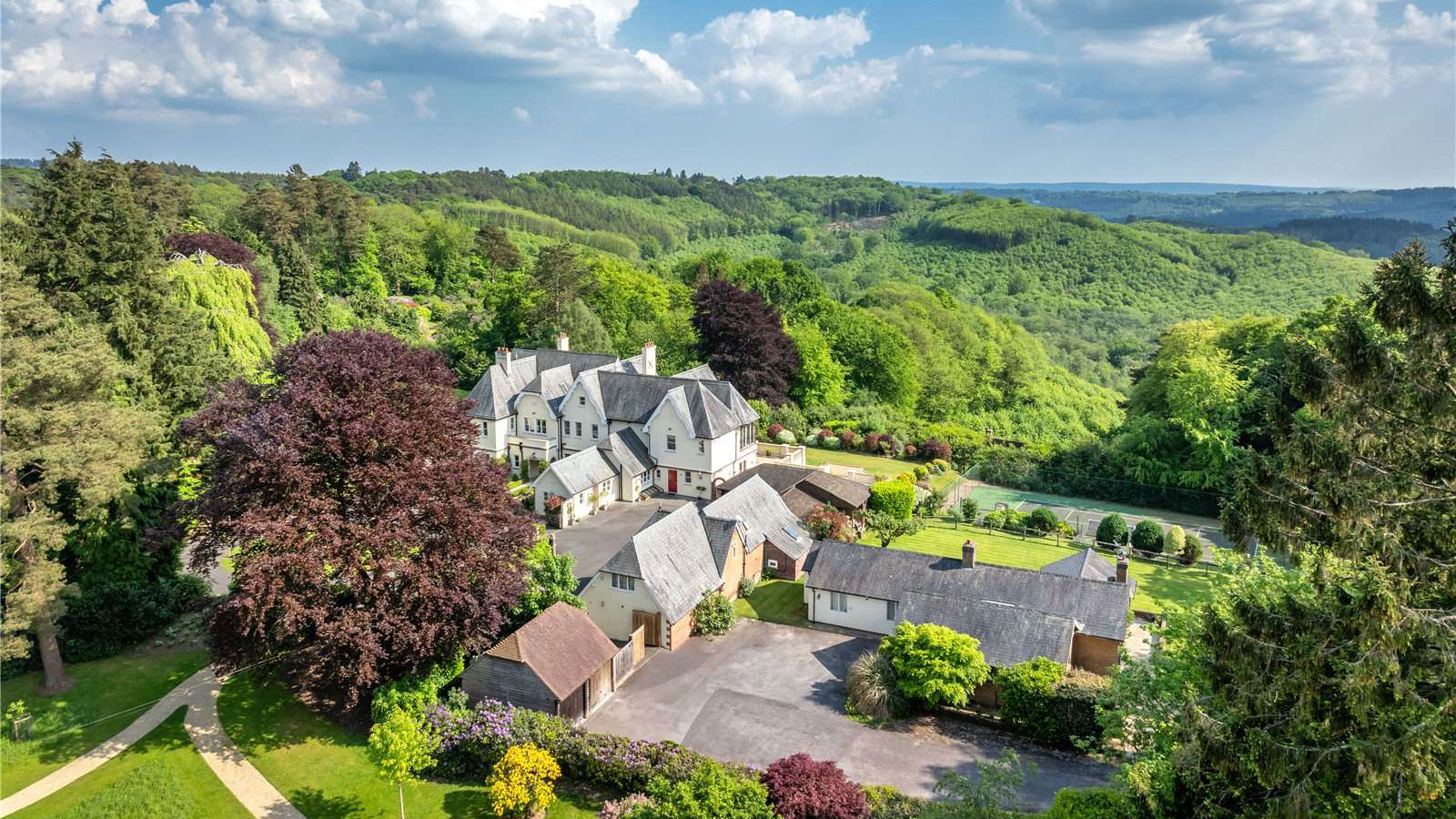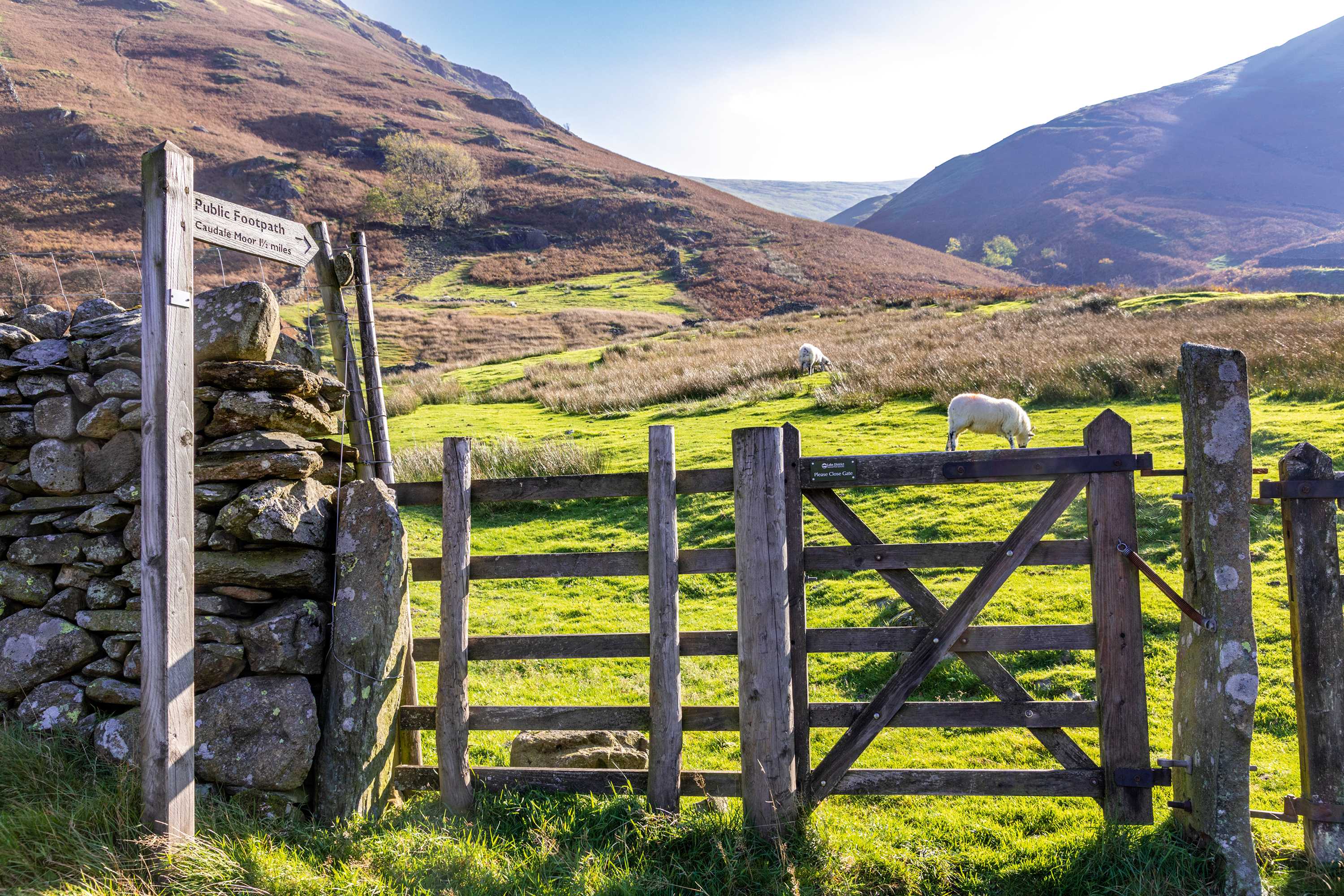Book Review: Fertile Fortune
A fascinating book on the National Trust informs, but also leaves some questions unanswered says Michael Hall

When the National Trust so dramatically bought Tyntesfield last year it promised that the public would be able to enjoy this mighty Victorian Gothic house as soon as possible.
It has been true to its word. The last country house it had acquired, Chastleton in Oxfordshire, was closed for four years before visitors were allowed in. But that was a decade ago, and political and public opinion would no longer tolerate such behaviour - access, quite rightly, is now paramount.
As early as last summer, the first guided parties were admitted, and now, with impressive speed, the Trust has published a beautifully illustrated history of Tyntesfield, offering a tour of the house to those who cannot make the journey to Somerset.
Fertile Fortuneis especially welcome, as booklength studies of individual country houses are uncommon, and books on Victorian houses even rarer. The National Trust is in a uniquely good position to commission and publish such books, so let us hope that more publications on its other houses will follow.
Tyntesfield captured the public's imagination during the campaign to buy it not because it is a masterpiece or because it contains masterpieces (nor because it was rumoured that Kylie Minogue wanted to buy it, a story not mentioned by Mr Miller), but because it is an enthrallingly complete record of a way of life. Mr Miller's brisk text, the first account of Tyntesfield to be written with unrestricted access to the family archive, pulls together the many strands of its story. He assembles much significant new information, especially about the furnishings and the creation of the picture collection.
Nonetheless, mysteries remain. Among them is the fundamental question of why William Gibbs should in his seventies have decided to rebuild his comfortable early-Victorian seat on such a Wagnerian scale. He and his family firm had been enormously enriched by the profits made from importing South African guano to use as fertiliser (hence the book's title), and so perhaps he simply required a building commensurate with his wealth. Yet, as Mr Miller shows, he was a fastidious and retiring man, who was worried that his architect, John Norton, was going to make the house unduly elaborate. Moreover, he did not entail the estate, but left it to his widow absolutely, with instructions that she could sell it if she wished.
His motivations demand the further exploration which Tyntesfield richly merits and has here been so enterprisingly begun.
Sign up for the Country Life Newsletter
Exquisite houses, the beauty of Nature, and how to get the most from your life, straight to your inbox.
Country Life is unlike any other magazine: the only glossy weekly on the newsstand and the only magazine that has been guest-edited by HRH The King not once, but twice. It is a celebration of modern rural life and all its diverse joys and pleasures — that was first published in Queen Victoria's Diamond Jubilee year. Our eclectic mixture of witty and informative content — from the most up-to-date property news and commentary and a coveted glimpse inside some of the UK's best houses and gardens, to gardening, the arts and interior design, written by experts in their field — still cannot be found in print or online, anywhere else.
-
 Six rural properties with space, charm and endless views, as seen in Country Life
Six rural properties with space, charm and endless views, as seen in Country LifeWe take a look at some of the best houses to come to the market via Country Life in the past week.
By Toby Keel
-
 Exploring the countryside is essential for our wellbeing, but Right to Roam is going backwards
Exploring the countryside is essential for our wellbeing, but Right to Roam is going backwardsCampaigners in England often point to Scotland as an example of how brilliantly Right to Roam works, but it's not all it's cracked up to be, says Patrick Galbraith.
By Patrick Galbraith